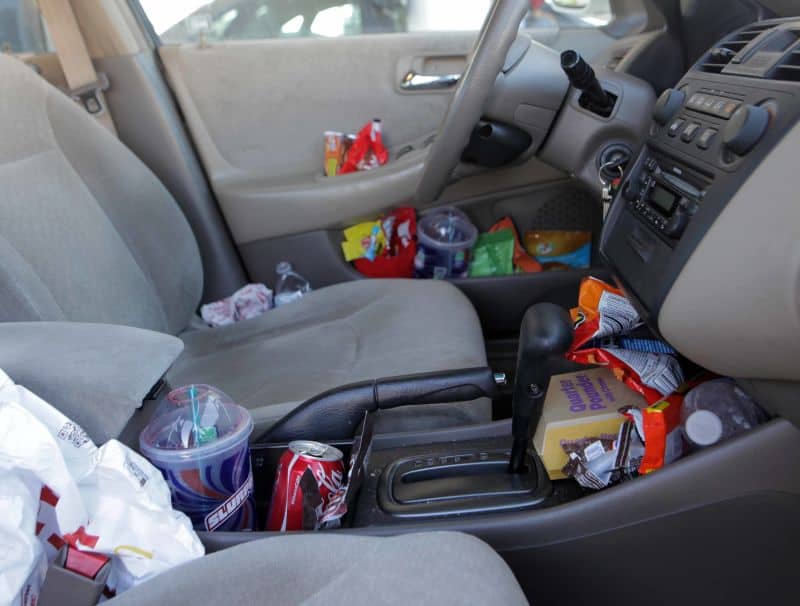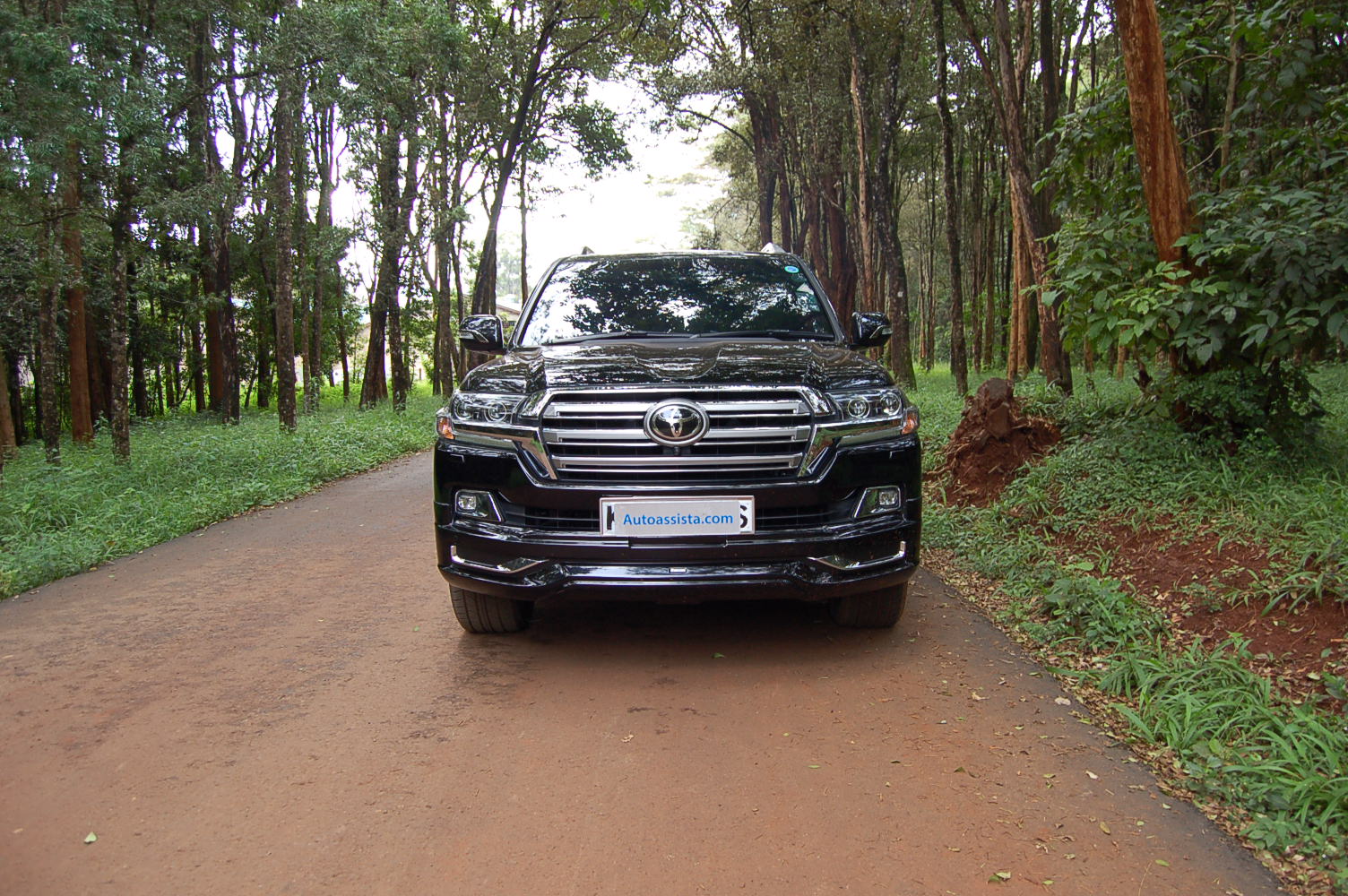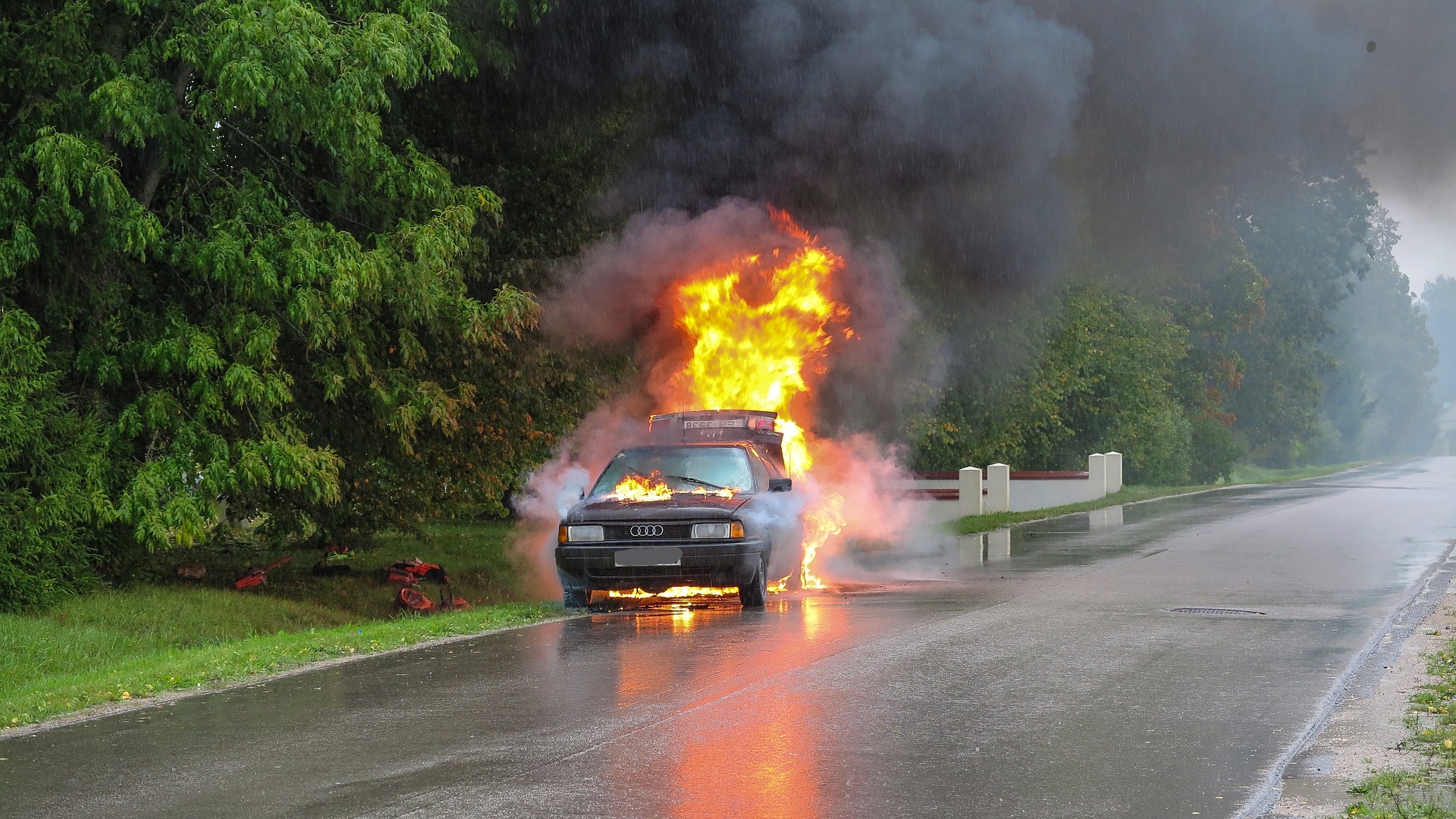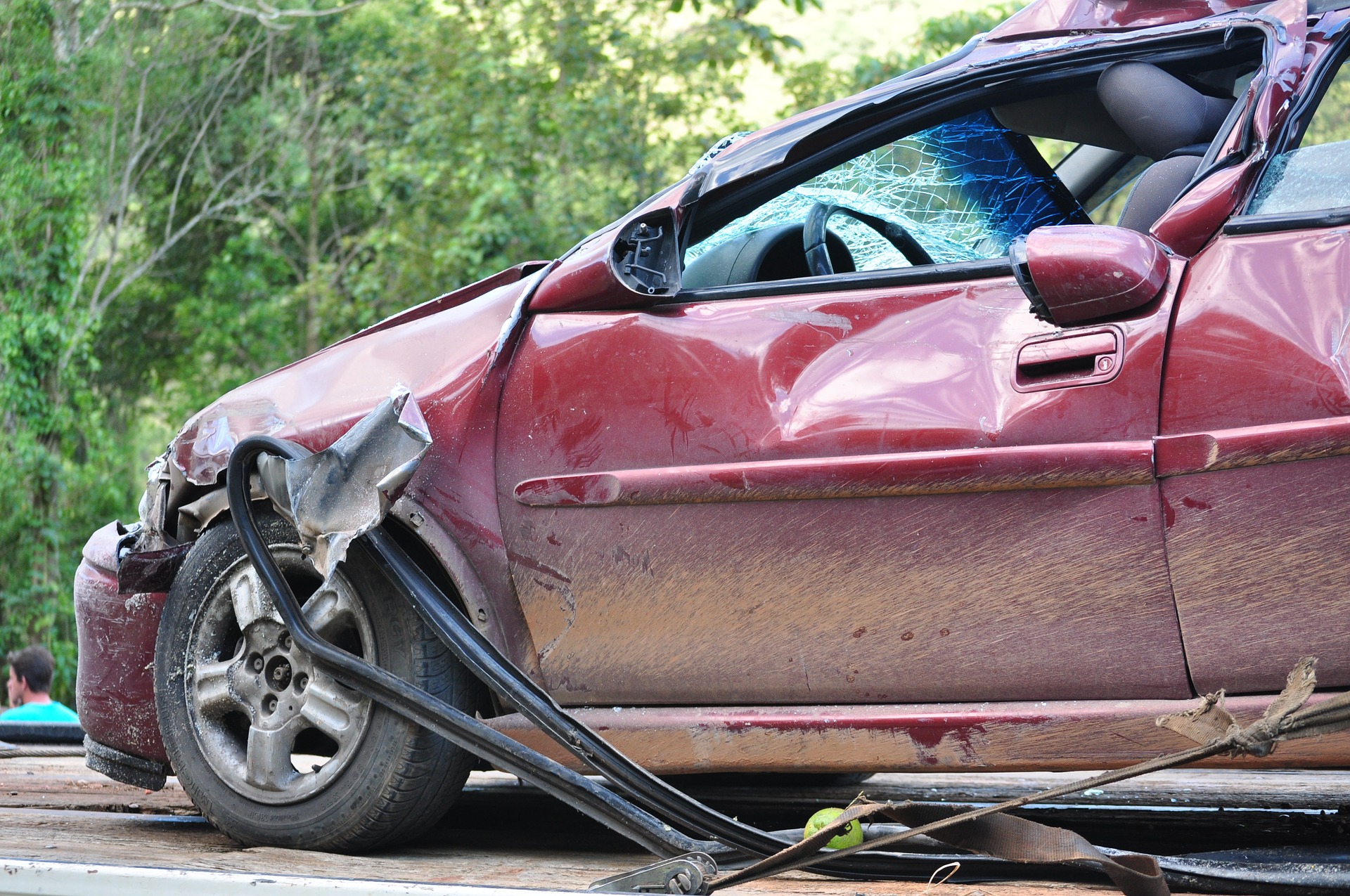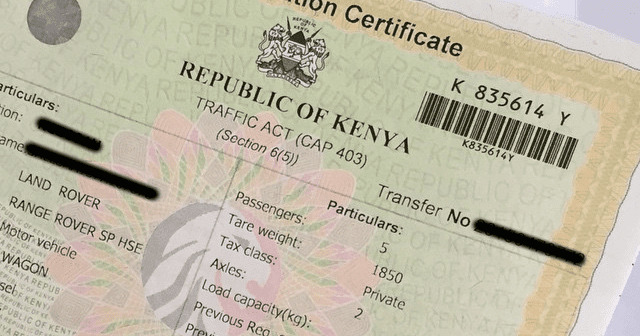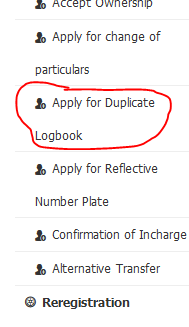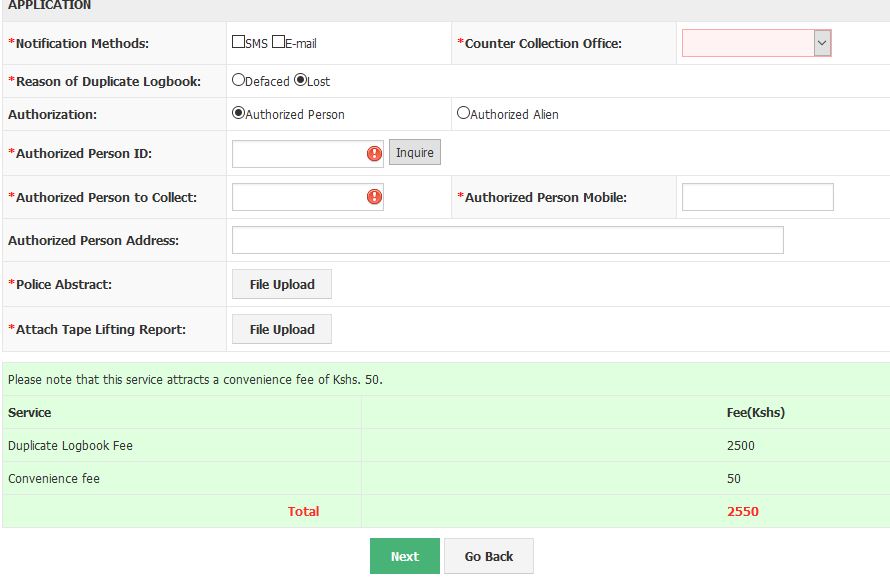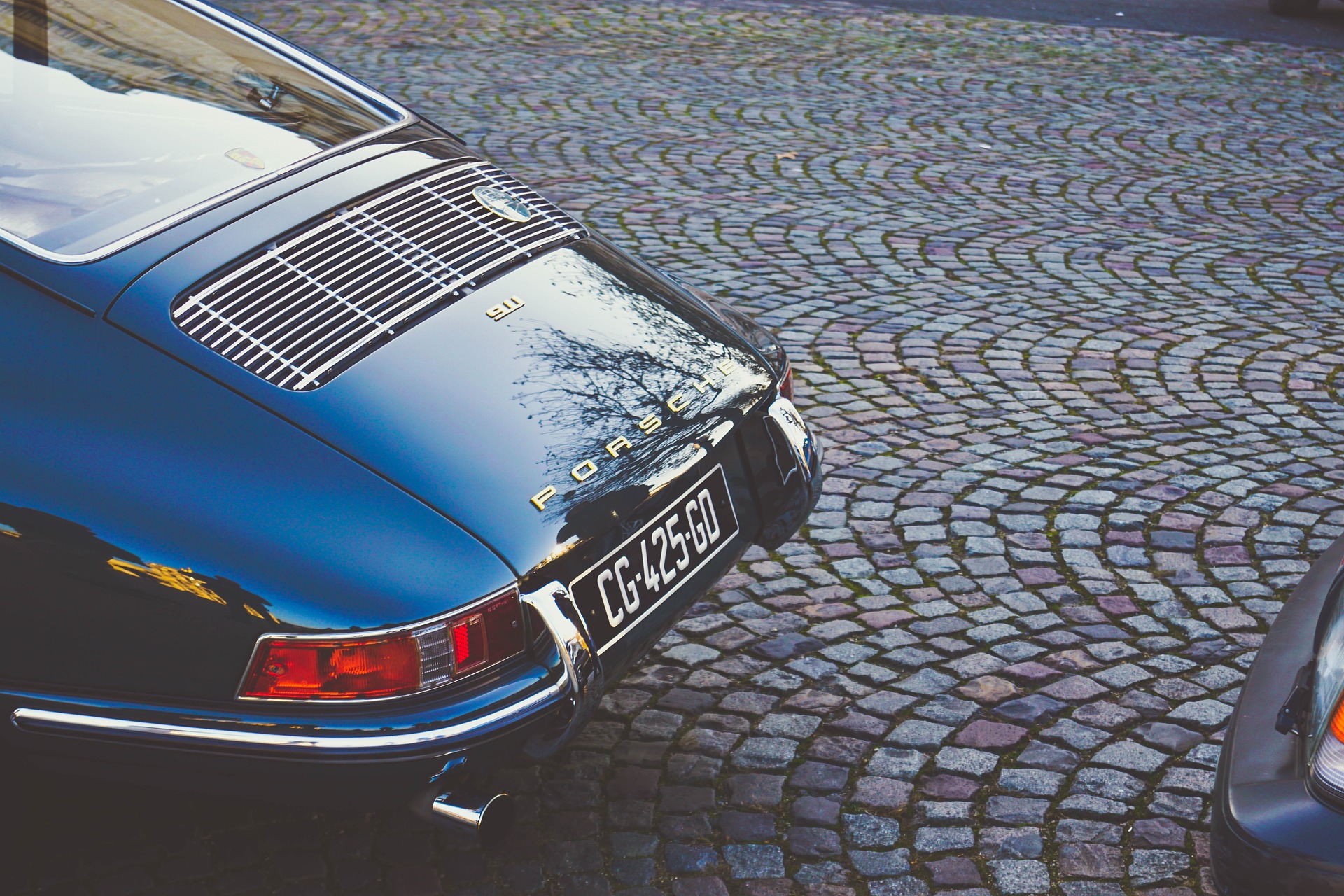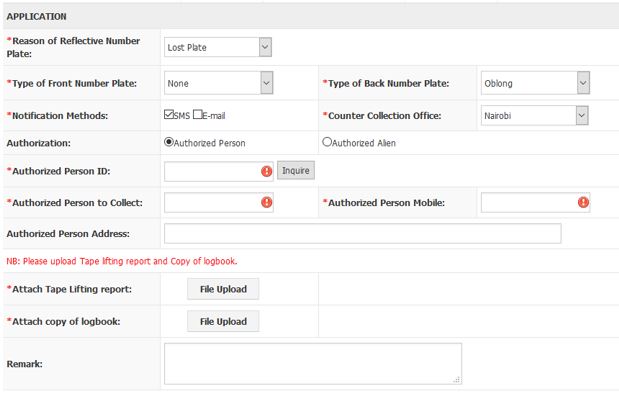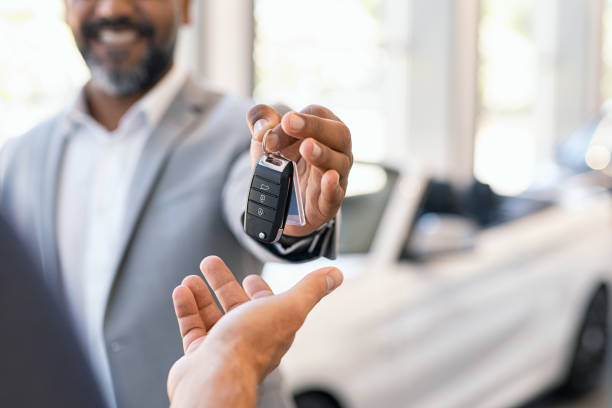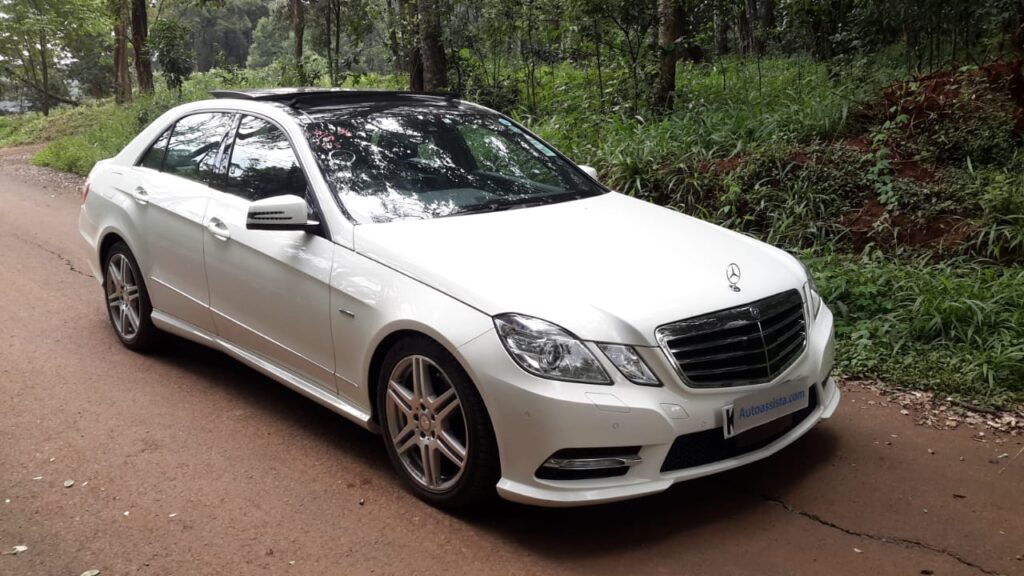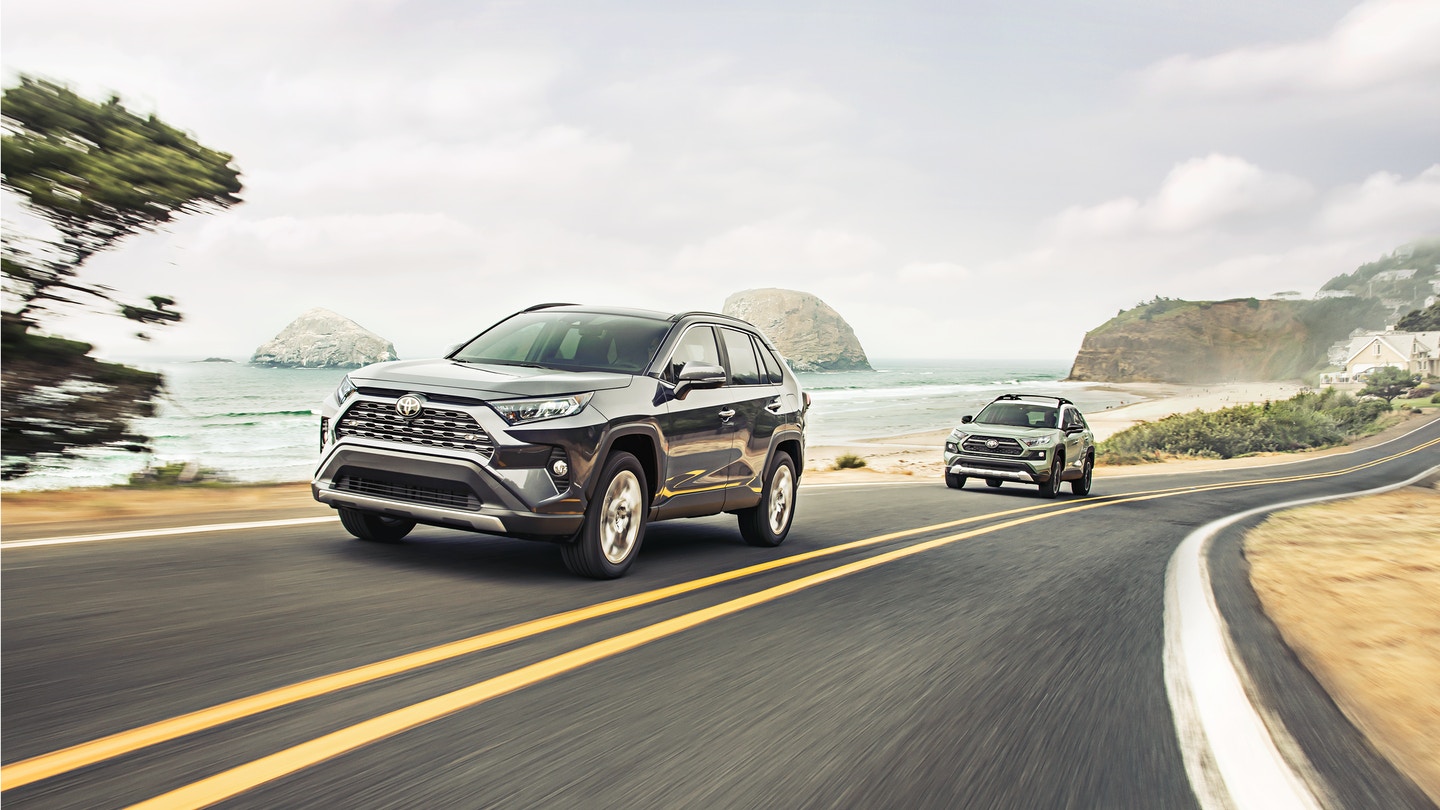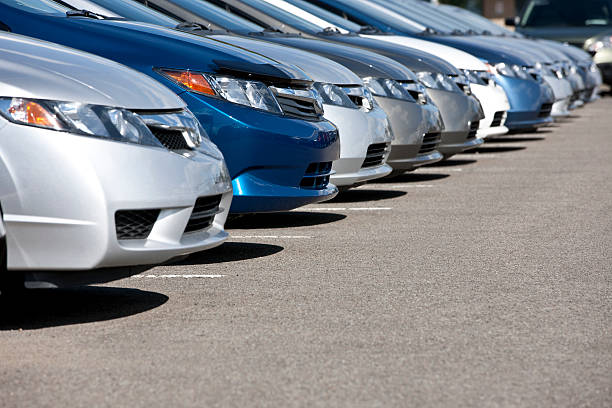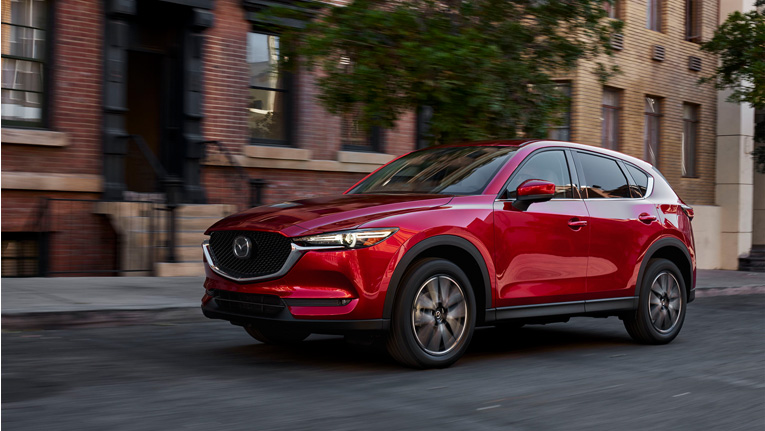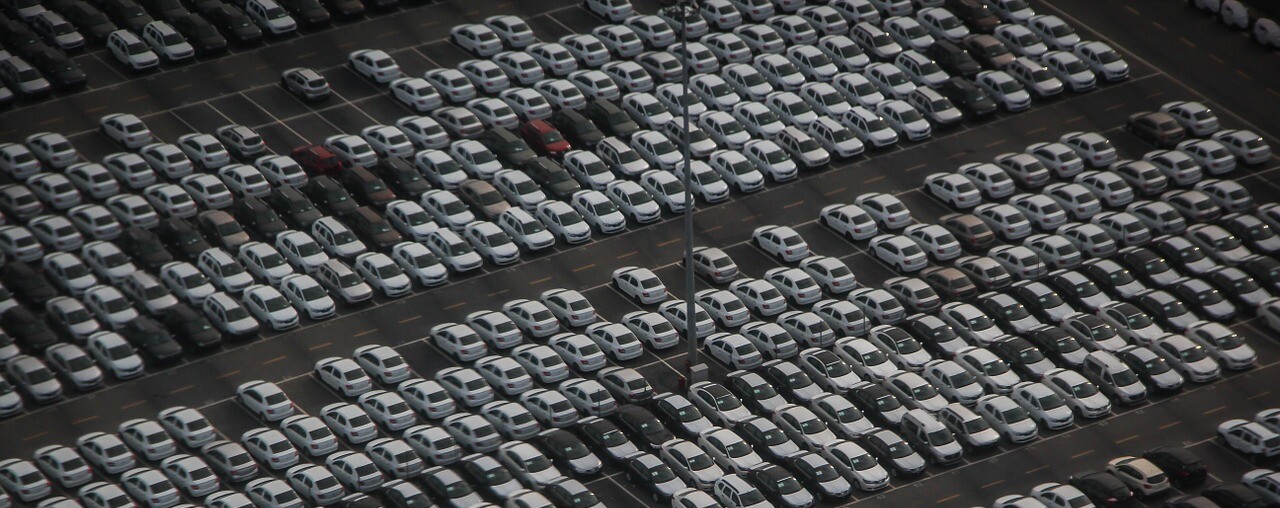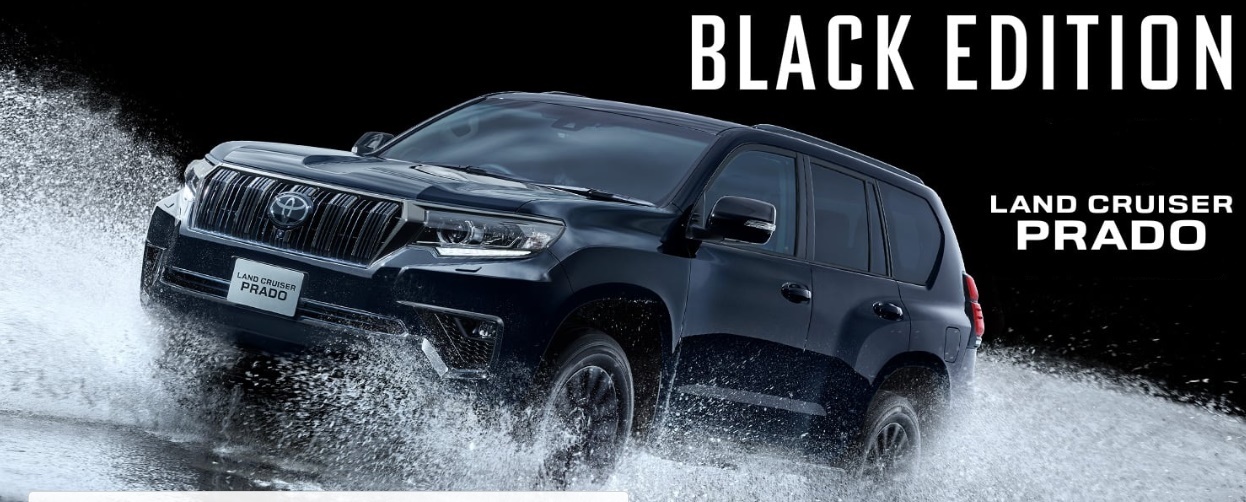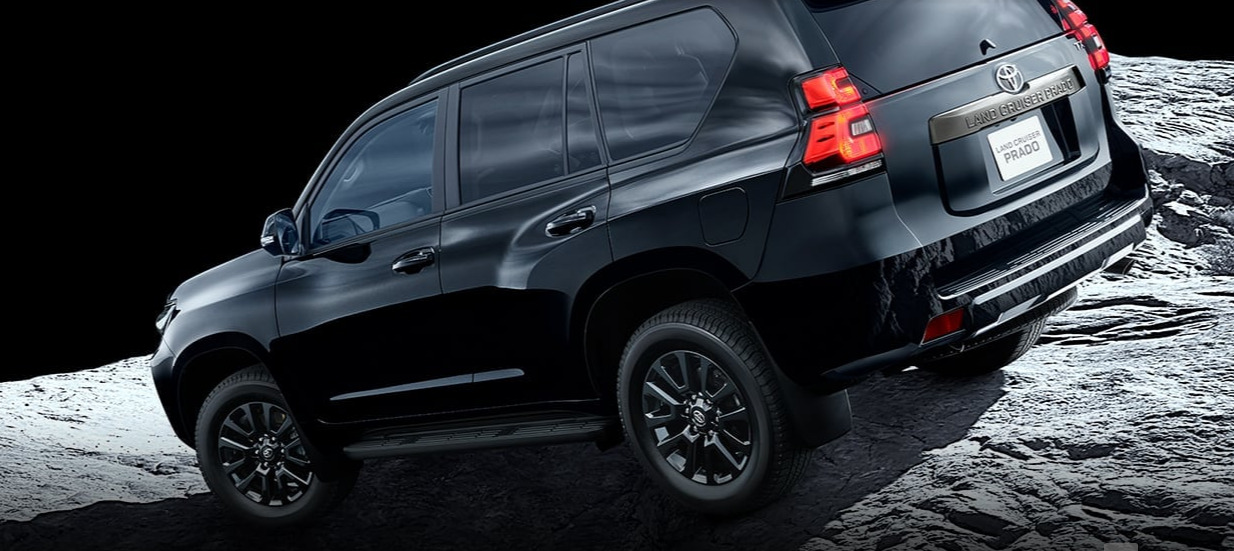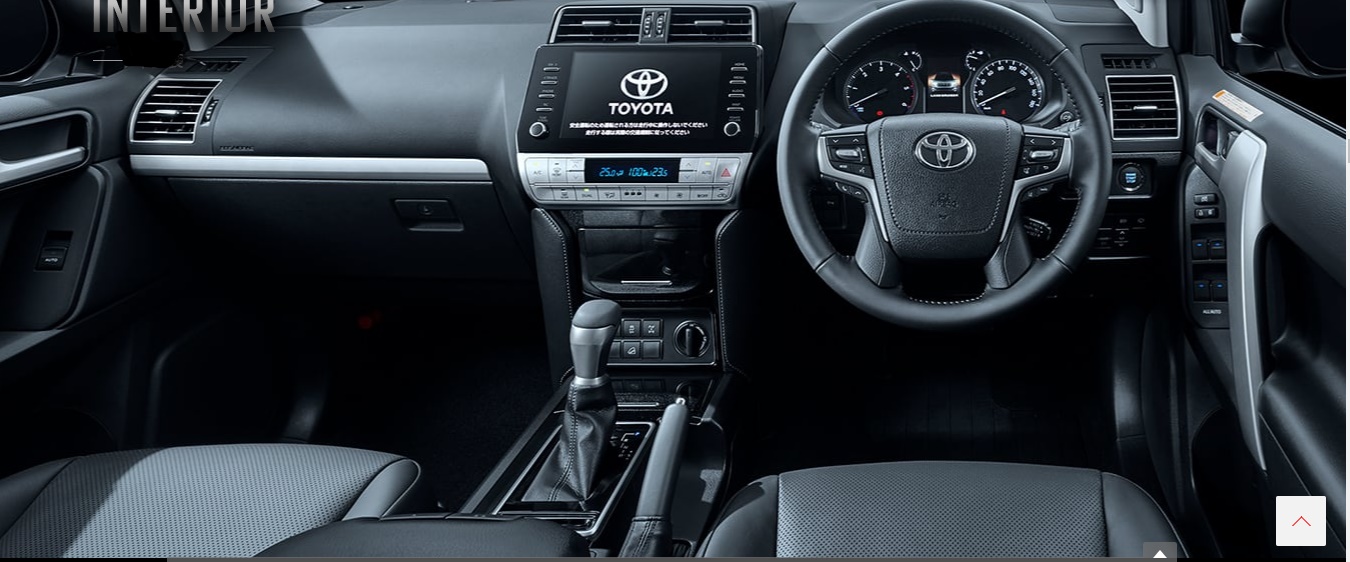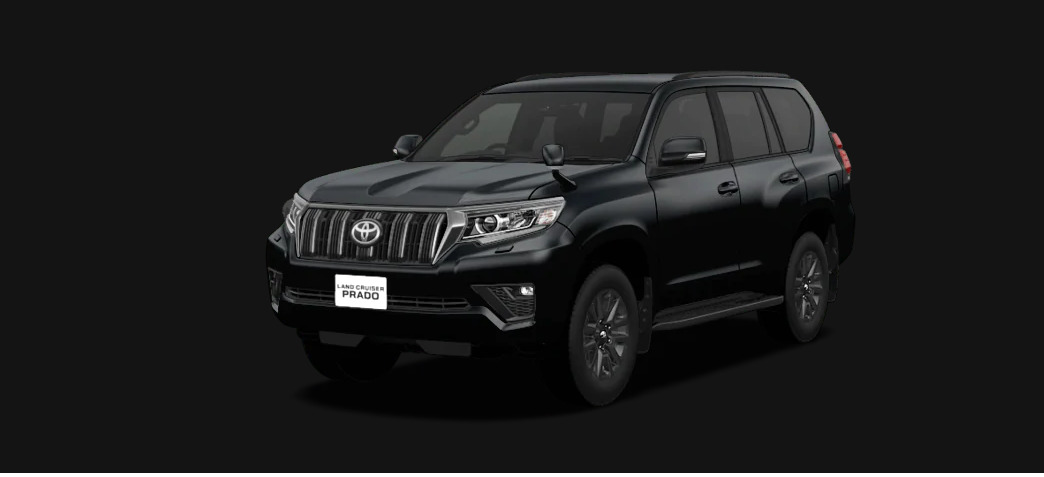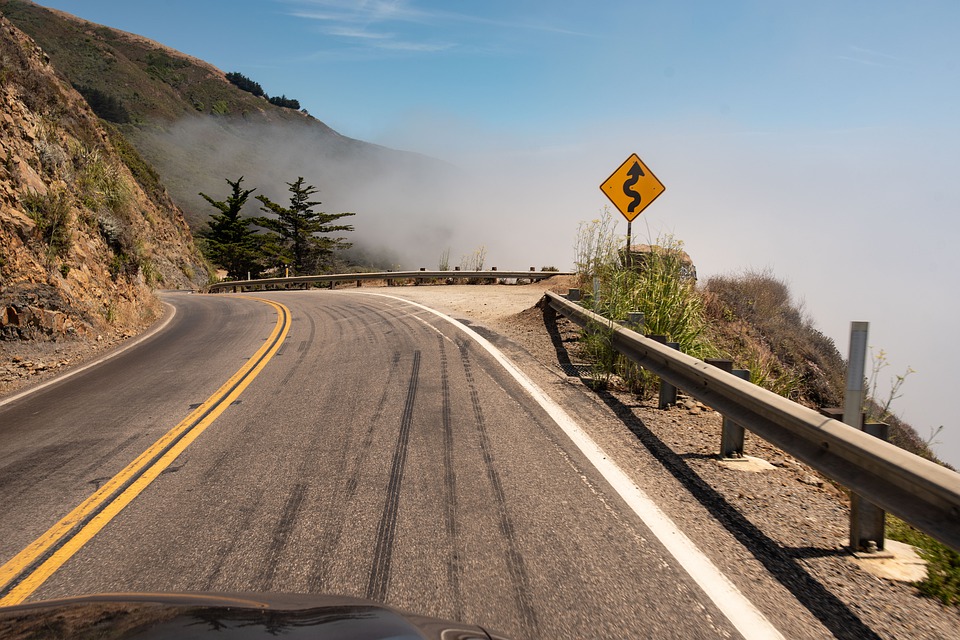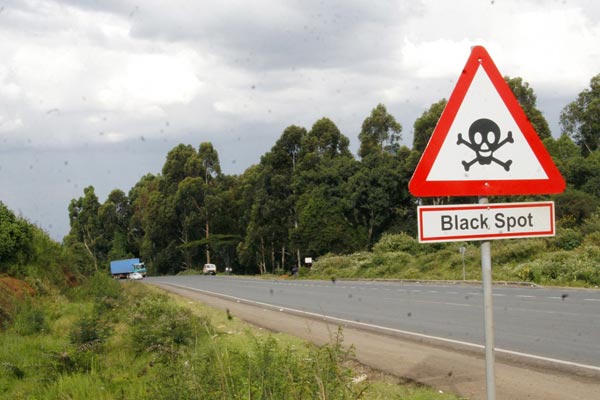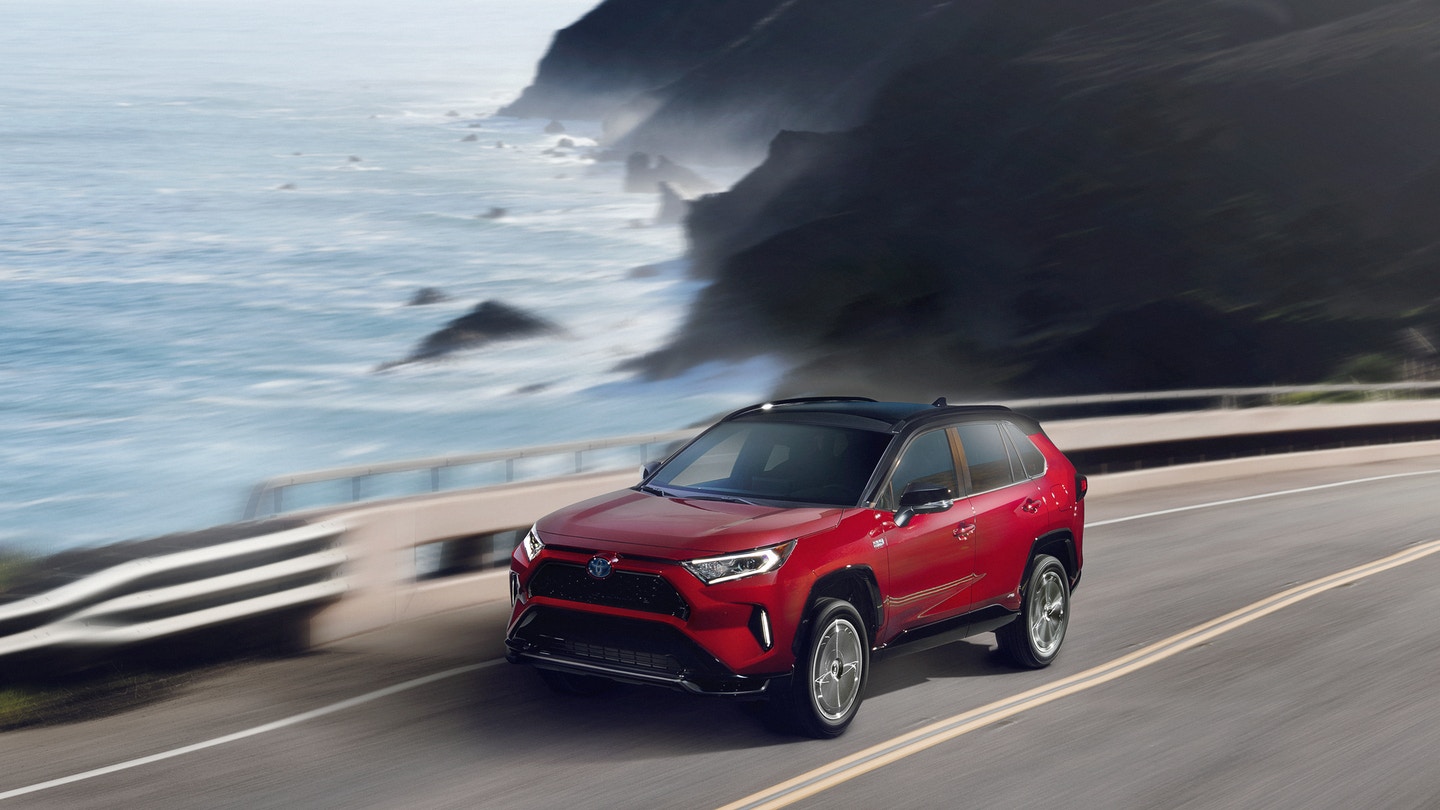
Have you ever come across the saying that ‘if you love something, it will love you back in whatever way it has to love?’
This saying is especially true when it comes to our cars. Basically, a car is a workhorse. It faithfully ferries you to and from work, on errands, and wherever else you want to go. In return, all it asks for is some love and care. Unfortunately, we don’t always keep our end of the bargain in this relationship. This not only punishes the car but can lead to unnecessary losses later on.
In this article, we outline 7 of the greatest car care sins you are committing and how you can redeem yourself.
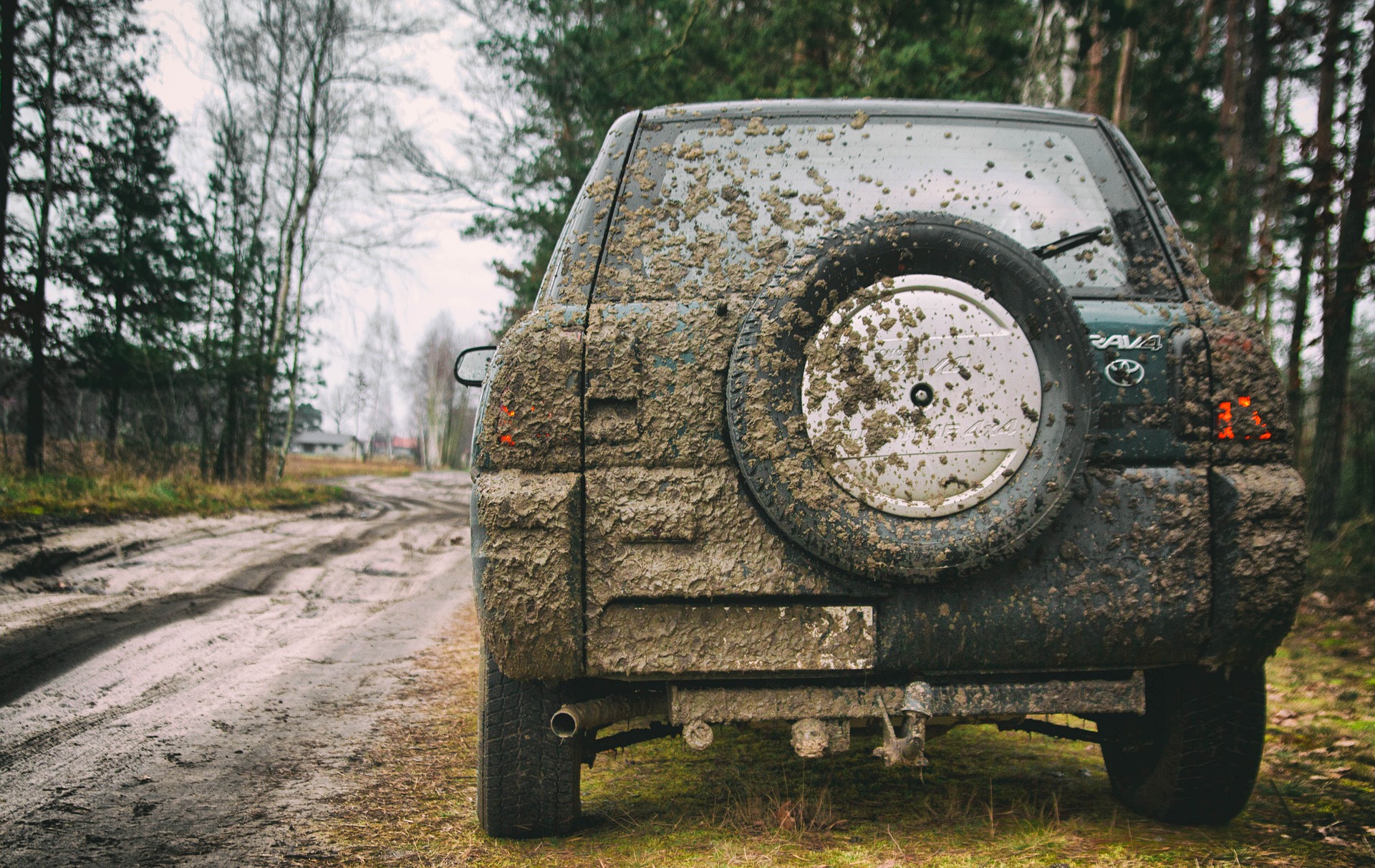
1. Irregular Cleaning
Some people are obsessed with cleaning their cars, and kudos to them. Then there are those who go on and on without bathing their car. This is not only unsightly, but dirt, air-borne pollutants, bugs, bird shit, and mud can damage the paint and dull your car’s finish.
How often you wash your car will depend on several factors. For instance, if you use it to ferry vegetables from the market every day, you may need to wash it a couple of times a week. If you only use it to get to the office, you may clean it once in two weeks. Other factors such as the type of road you use, how far you drive, and the weather may also influence how often you need to wash your car.
Washing your car doesn’t have to be an expensive affair. You can actually clean it at home (fun activity to do with kids) or take it to the neighborhood car wash. We all know that in Nairobi, you will find a car wash for 200 bob or one for 1000 bob depending on where you go, and your budget. Aim to do a thorough general cleaning every few months.
2. Littering
If you are a parent with small children, it is possible that after the end of a long trip, your car will resemble a mini trash can. Think half-eaten bananas to potato crisps wrappers and empty water bottles. If this happens, aim to clean the car immediately after the trip. Don’t wait to look for an elusive smell of something ‘strange’ a week later!
Similarly, every day littering of one item at a time can accumulate over the week. Always carry out trash with you when you get out of the car. Another way of mitigating this is by investing in a bin that can be placed behind the front seats. You can also carry a disposable bag in the glove compartment to make trash collection and clean up easier.
We are advocating that you don’t leave trash in your car, but we don’t mean that you throw it out your window! You all have seen the guy in front who goes littering all the way home, throwing out banana peels and pet water bottles with careless abandon. As suggested, invest in a bin, or use a disposable bag to carry your trash home. Let us care for our cars, but also for the environment.
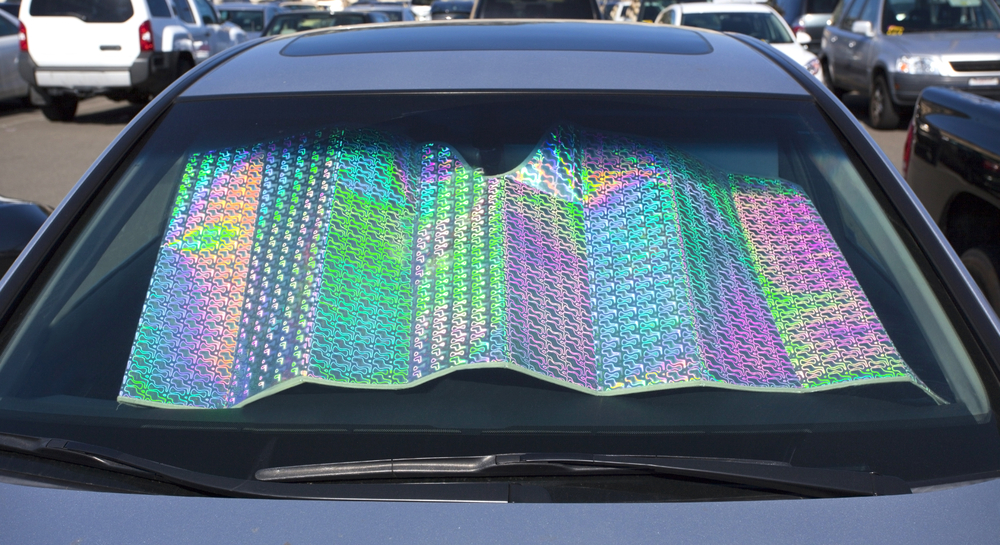
3. Sun exposure
There are months of the year when the sun can be brutal. Imagine how much damage the sun’s UV rays make on our skin and the lengths we go to protect ourselves. Now think of your car, out there in the sun, day in day out. It may not always be possible to park under a shade, particularly in towns such as Nairobi. However, the sun does not only damage the exterior of the car but the interior as well. The dashboard, leather seats, and other plastic surfaces can age prematurely due to overexposure to the sun. This can affect your car’s resale value and aesthetics.
To redeem yourself of this sin, cover your car’s plastic surfaces, particularly the dashboard area, with a sun protector. Aim to apply protectants to the leather and vinyl surfaces occasionally to keep them in tip-top shape.
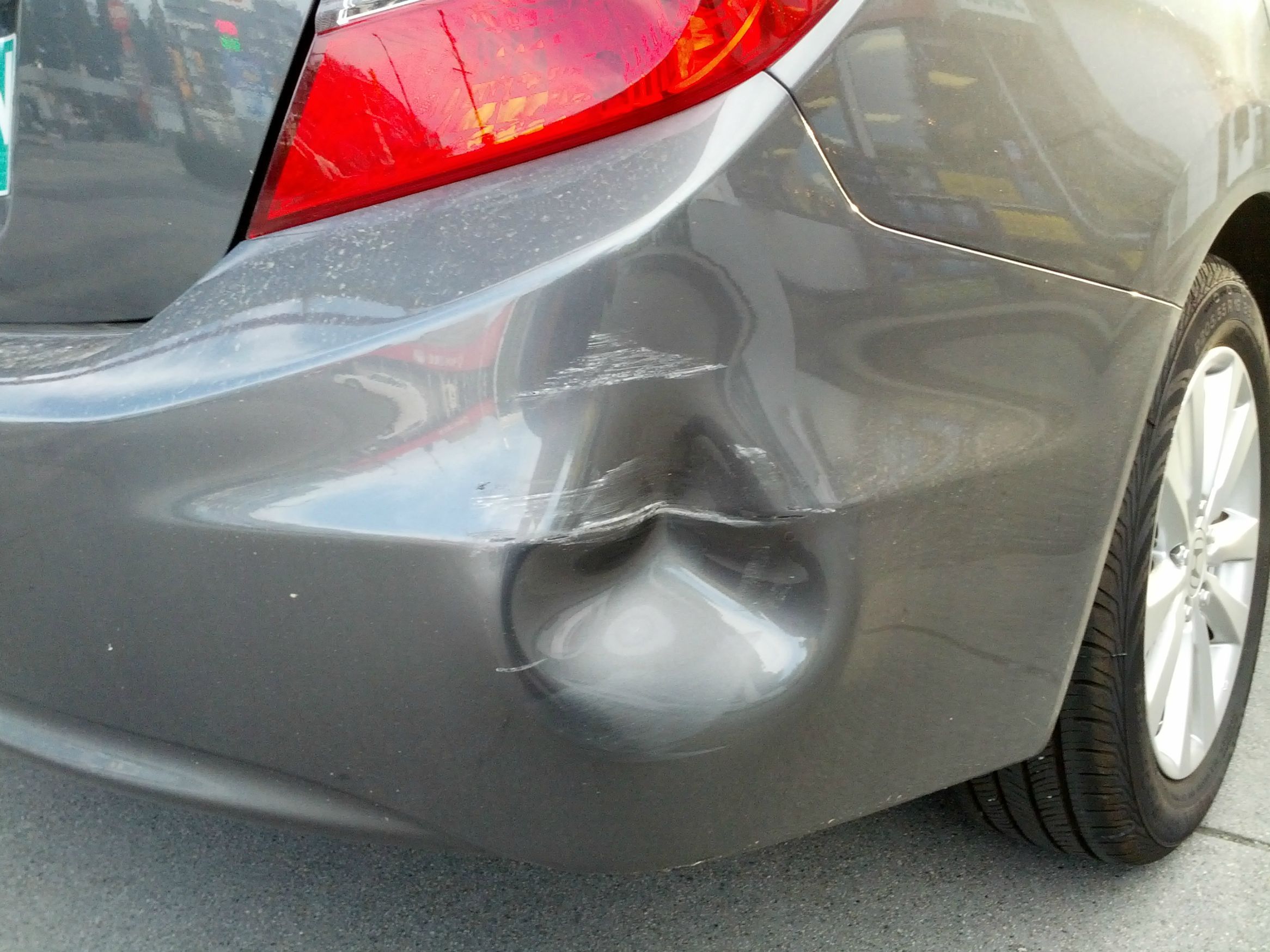
4. Ignoring dents and scratches
If you have driven on the somewhat chaotic Kenyan roads, your car may have a few scratches and dents to show for it. Between our crazy matatu culture and all those bodabodas, it may be hard to escape unscathed. What is unacceptable and a major sin is ignoring these dents and scratches like they are not there!
No matter how cool your car is, a dent immediately makes it appear old and ugly. But the good news is, most dents and scratches can be repaired with easy DIY (do it yourself) hacks.
For example, if the dent does not have a crack in it, use a toilet plunger to suck it right out! Alternatively, pour hot water over it and see it pop right back to shape. If you have a scratch that is not too deep in, rub it over with toothpaste using a damp cloth. If these hacks don’t work, it means that the damage is too deep, and you may need to call in a professional.

5. Skipping car service
Do you remember that episode of Big Bang Theory where Penny and Sheldon are driving together in her car, and he points out that her check engine light is on? ‘Oh, I have been meaning to put gum on that,’ she responded.
Haha. Some of us are a little like Penny. We know the rules. The manufacturers recommend that we service our cars every 10,000kms, or six months, whichever comes first. And some of us faithfully do it.
It is the rest of us that are committing grave sin number five. We imagine that since we don’t hear any ‘funny’ noises or see any warning lights on the dashboard, all is well. While it may be well in the short term, it could end up costing you significantly in the long run in case of any mechanical failures.
To redeem yourself, service your car regularly as required. Don’t wait six months to do the basics like changing engine oil and replacing air and oil filters.
Remember, when you love your car, it will love you right back and serve you faithfully!

